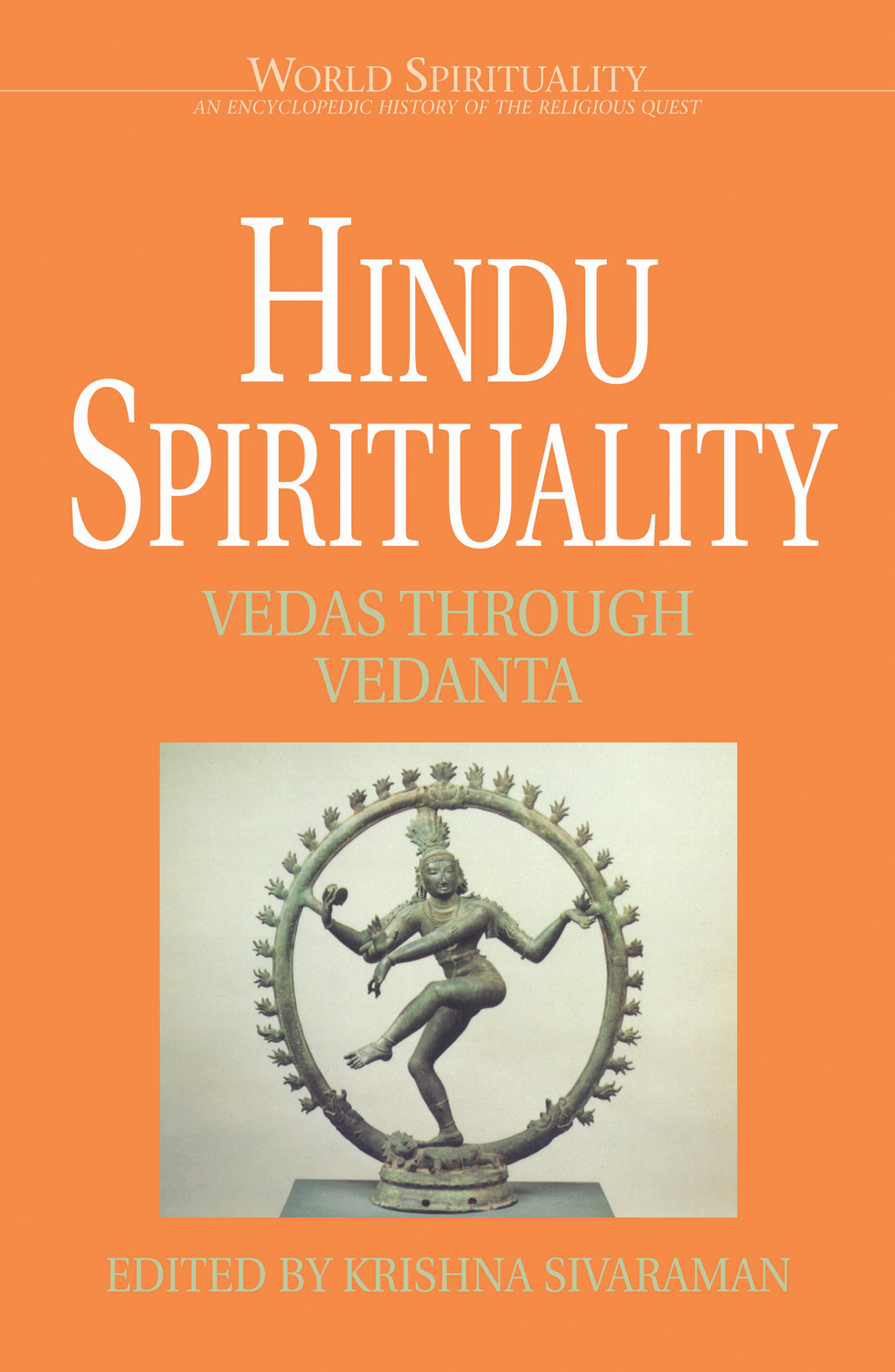- Title: Hindu Spirituality
- Page Count: 496
- Available Formats: Trade-paper (9780824599287), Trade-paper (9780824516710)
- Edition: Trade Paper
- Original language: English
- Retail US: Trade-paper (49.95), Trade-paper (49.95)
- Retail Canada: Trade-paper (66.95), Trade-paper (59.95)
- Retail Canada: 66.95

